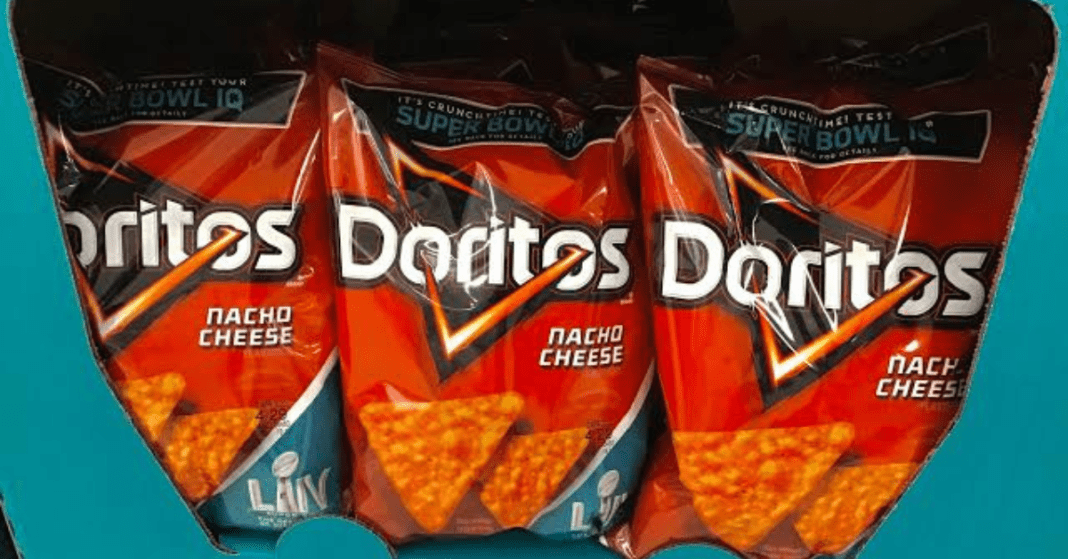Why are snack bags getting smaller?
As consumers may have noticed, snack bags have been gradually shrinking in size over the years. This trend of downsizing packaging, known as “shrinkflation,” has become a common strategy for companies looking to maintain profit margins while avoiding raising prices. The reduction in the quantity of snacks in a package is a way for manufacturers to cut costs without directly increasing the price tag, potentially creating an illusion of value for customers.
The reasons behind this downsizing tactic vary, with factors such as fluctuating ingredient costs, production expenses, and market competition all playing a role in driving companies to adjust their packaging sizes. By shrinking the size of snack bags, companies aim to offset rising costs without alarming consumers with noticeable price hikes at the point of purchase. Despite initial concerns about the impact of shrinkflation on consumer wallets, this practice has become a common strategy in the snack industry as brands navigate economic pressures and maintain profitability.
How does shrinkflation affect consumers?
Shrinkflation, often experienced in the snack industry, can have a significant impact on consumers. The reduction in the quantity of snacks in a bag while maintaining a similar price point means that consumers are effectively getting less for their money. This can lead to feelings of dissatisfaction and frustration among consumers who may feel that they are being misled or shortchanged by companies implementing shrinkflation.
Moreover, shrinkflation can also affect consumers’ perception of value and affordability. As the portion sizes of snacks decrease, consumers may feel less satisfied with their purchase, leading to a decline in overall satisfaction with the product. This can be particularly challenging for budget-conscious consumers who rely on consistent product sizes and prices when making purchasing decisions.
What are some common examples of shrinkflation in the snack industry?
One common example of shrinkflation in the snack industry is the reduction in the weight of potato chip bags. While the packaging size may remain the same, consumers may notice that there are fewer chips in the bag compared to before. This subtle change often goes unnoticed, but it effectively reduces the quantity of product being sold.
Another example of shrinkflation is seen in chocolate bars, where companies may decrease the size of the product while keeping the price unchanged. Consumers might not immediately realize that they are getting less chocolate for the same amount of money. This tactic allows companies to maintain their profit margins while giving the impression of stability in pricing.
How do companies justify reducing the quantity of chips in a bag?
Reducing the quantity of chips in a bag is a strategic decision that companies often make to manage costs and maintain profitability. By decreasing the amount of product in a package, companies can offset rising production expenses without having to drastically increase the retail price for consumers. This approach allows them to stay competitive in the market while still offering their products to customers at a relatively stable price point.
Furthermore, companies may argue that reducing the quantity of chips in a bag is a response to changing consumer preferences and demands. With an increasing focus on health and wellness, some companies may claim that smaller portions align with current trends towards moderation and portion control. By offering smaller pack sizes, these companies may suggest that they are promoting healthier snacking habits and catering to the evolving needs of their customer base.
Are there any regulations in place to prevent deceptive packaging practices?
Yes, there are indeed regulations in place to protect consumers from deceptive packaging practices. These regulations aim to ensure that companies provide accurate and transparent information about their products to customers. By enforcing strict rules regarding packaging and labeling, authorities can prevent misleading tactics that may trick consumers into purchasing goods that do not meet their expectations.
These regulations often require companies to accurately represent the quantity and contents of their products on the packaging. Additionally, guidelines may dictate specific font sizes and placement of important information such as ingredient lists, nutritional facts, and net weight. By upholding these regulations, authorities can help maintain fairness in the marketplace and safeguard consumer trust in the products they purchase.





